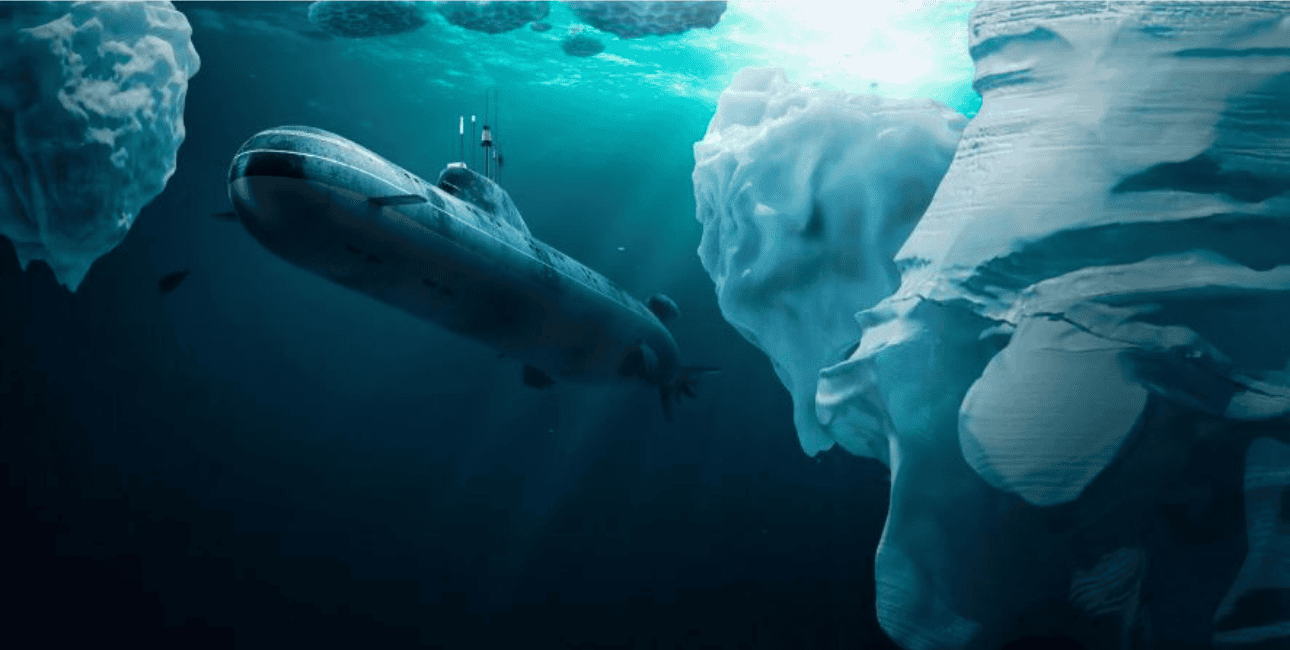- Courses
- GS Full Course 1 Year
- GS Full Course 2 Year
- GS Full Course 3 Year
- GS Full Course Till Selection
- Answer Alpha: Mains 2025 Mentorship
- MEP (Mains Enrichment Programme) Data, Facts
- Essay Target – 150+ Marks
- Online Program
- GS Recorded Course
- Polity
- Geography
- Economy
- Ancient, Medieval and Art & Culture AMAC
- Modern India, Post Independence & World History
- Environment
- Governance
- Science & Technology
- International Relations and Internal Security
- Disaster Management
- Ethics
- NCERT Current Affairs
- Indian Society and Social Issue
- NCERT- Science and Technology
- NCERT - Geography
- NCERT - Ancient History
- NCERT- World History
- NCERT Modern History
- CSAT
- 5 LAYERED ARJUNA Mentorship
- Public Administration Optional
- ABOUT US
- OUR TOPPERS
- TEST SERIES
- FREE STUDY MATERIAL
- VIDEOS
- CONTACT US
China Builds the World’s First Permanent Undersea Research Station for Gas Hydrates
China Builds the World’s First Permanent Undersea Research Station for Gas Hydrates
09-04-2025

China is currently constructing the world’s first permanent undersea research station, designed to study gas hydrates—an emerging energy source that may hold more potential than the entire oil reserves of the Persian Gulf.
What Are Gas Hydrates?
Gas hydrates are crystalline solids made up of water and gas, predominantly methane. These compounds are considered unconventional hydrocarbons because extracting them requires advanced, non-traditional technologies.
Where Are Gas Hydrates Found?
- Gas hydrates are found in vast quantities within marine sediments, forming layers several hundred meters thick beneath the ocean floor.
- They are also associated with permafrost regions in the Arctic. The energy contained in these hydrates is enormous, and tapping into this resource could significantly impact global energy supply.
Gas Hydrates in India
- In India, significant deposits of gas hydrates have been identified around the Andaman Islands and, in the Krishna, -Godavari offshore region. These areas hold immense potential for future energy production, and ongoing research could unlock new energy avenues for the country.
- The ongoing undersea research efforts, particularly China’s station, will be critical in advancing our understanding of gas hydrates and developing methods for their safe and efficient extraction.
|
Also Read |
|
| NCERT Books For UPSC | |
| UPSC Monthly Magazine | Best IAS Coaching in Delhi |




